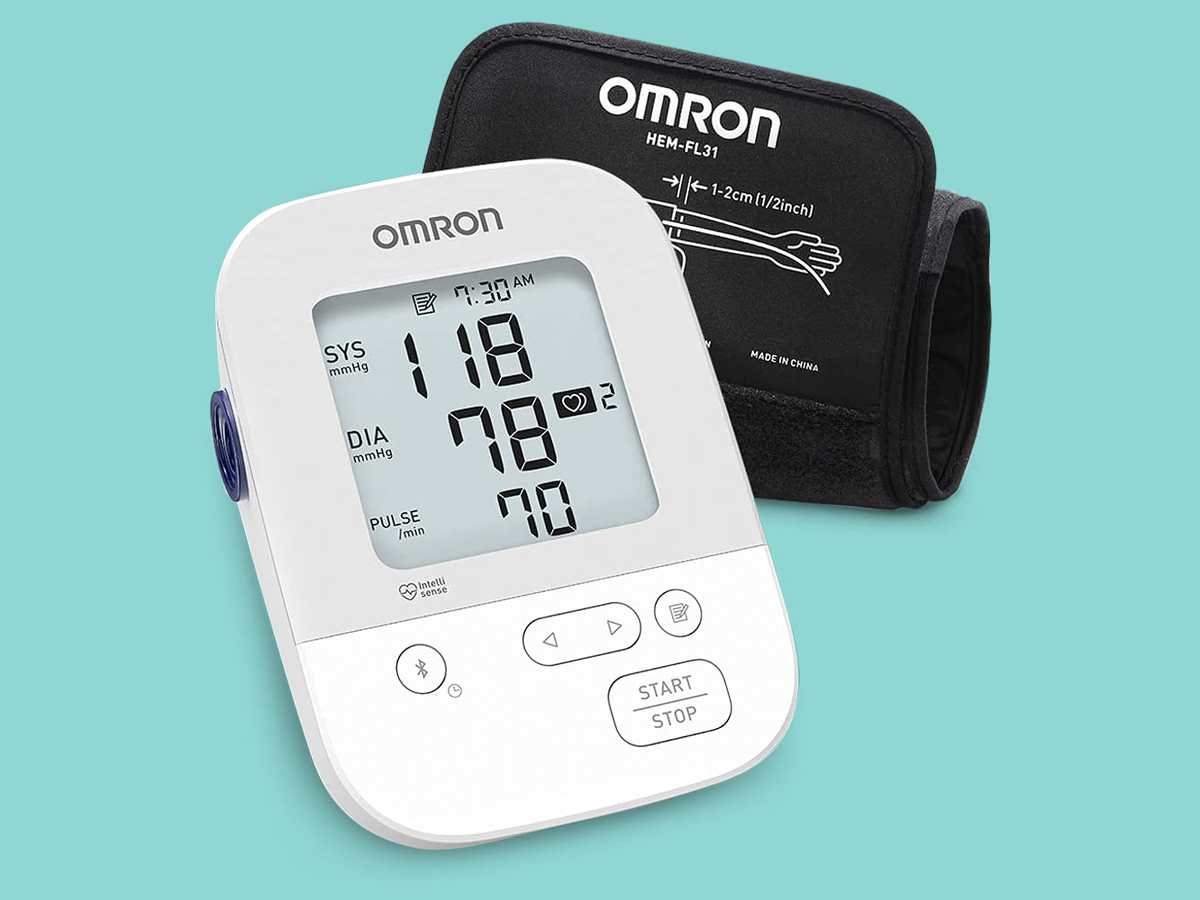Monitor Your Blood Pressure With The Digital Machine

The importance of monitoring blood pressure is like keeping your life far from the risk of high blood pressure. So, you need to know the normal blood pressure using a blood pressure monitoring machine. There are different types of blood pressure machines and digital devices are the modern BP monitoring ones today.
Types of blood pressure machines
Blood pressure monitors come into three types:
- Mercury column
- Aneroid
- Digital
Aneroid and digital monitors are most commonly used for at-home blood pressure monitoring. Among the factors considered in selecting a monitor are:
- Cost
- Cuff size
- Ease of use
- Patient preference
- Memory features
- Digital display size
- Reliability
- Accuracy
Some monitors have cuffs, making it self-inflating and -deflating. Many have features, such as:

- Ability to store several readings
- Large display screens
- Ability to print out readings
- Irregular heartbeat detectors
- Pressure rating detection
Digital monitors
The digital blood pressure machines are popular due to their ease of use. It is available for the wrist or upper arm. The patients choosing an arm monitor must be advised to buy a monitor with a cuff size that accommodates the circumstance of the upper arm to ensure an accurate result.
Wrist monitors
The wrist blood pressure monitors are portable and compact, but some studies suggest that they are as inaccurate as upper arm monitors. The erroneous results are produced due to the differences in positioning of the wrist close to the heart when measuring. The AHA suggests that patients use an automatic cuff-style upper arm monitor rather than the wrist monitor because the brachial artery in the upper arm gives a more reliable reading than the wrist artery.
Aneroid monitors
The aneroid blood pressure monitor is light and portable. It is very affordable and imperative that patients be instructed on how it can be used for accurate results. Many aneroid monitors have a stethoscope attached to the cuff. This frees the patient from holding the stethoscope bell. A few blood pressure monitors have the gauge attached to the inflation bulb, which permits easier handling. The accuracy of readings with the standard aneroid monitors is dependent upon various factors, such as:
- eyesight
- hearing
- manual dexterity
Patients with decreased vision opt for an aneroid meter with a large print on the face of the gauge for easier reading. Patients using the aneroid meters should know a cuff is completely deflated and lay on the table. The gauge’s needle rests in the box. When the needle lies outside the box, the gauge needs to be recalibrated and the patient must contact the manufacturer of the device for the instructions on the recalibration or you may contact the primary health care provider.
Any of these blood pressure monitors can help you monitor your BP.





